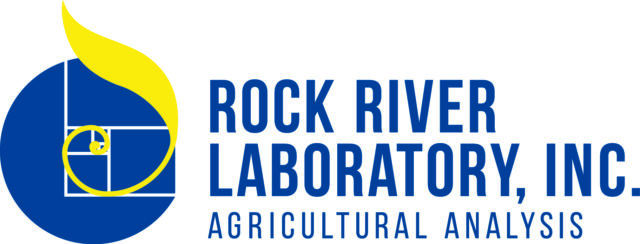U.S. dairy cattle exports remained slow in July, but with global dairy prices beginning to show signs of modest recovery, interest – if not actual sales – is providing a glimmer of hopefulness.
About 878 female dairy cattle replacements found homes outside the U.S. in July, according to the USDA Foreign Agriculture Service monthly report. It’s the highest total in four months, but continues a lengthy trend of slumping sales. July exports were valued at $1.71 million. All of July’s exports stayed in the U.S. neighborhood: Mexico imported 489 head, with Canada taking 389.
Foreign sales of U.S. dairy embryos totaled 908 in July 2016, and were valued at $799,000. Japan was the leading market for the month, purchasing 315 dairy embryos, followed by Canada, at 244, and China, with 192.
While those numbers remain low, two dairy cattle exporters say the tide may be starting to turn.
A desire for food security in emerging markets is boosting interest in dairy production in effort to reduce reliance on dairy product imports, according to Gerardo Quaassdorff, DVM, sales and management consultant with TK Exports Inc., TKE Agri-Tech Services Inc., Culpeper, Virginia. That means increased interest in U.S. dairy genetics, as well as dairy processing.
“Governments from those countries are encouraging expanded dairy operations and processing to stimulate the production of local milk,” Quaassdorff said.
Expanded dairy processing in emerging markets should boost demand for U.S. dairy cattle for new milk production.
“They will need efficient dairy cattle that can justify the investment on these new dairy facilities and processing facilities,” Quaassdorff said.
The global dairy price recovery may also provide a boost to U.S. dairy cattle export markets.
“I feel the supply of global milk is going down,” Quaassdorff said. “We should see more attractive farm milk prices to dairy producers in emerging markets. Interest in importing dairy cattle from the U.S. should increase in the next few months.”
While currency exchange rates still make U.S. cattle more expensive, the gap in price compared to the European Union (EU), Australia and New Zealand is getting smaller, he said.
Quaassdorff also speculates dairy heifer supplies may be shrinking in New Zealand and Australia, although EU supplies remain available.
Returning from a two-week trip to Vietnam and China, Tony Clayton, Clayton Agri-Marketing Inc., Jefferson City, Missouri, said the dairy cattle export market remains stuck on the exchange rate treadmill. Mexico has increased interest in both pregnant and open dairy cattle, but price is taking precedence over quality. With current currency exchange rates, lower costs win, he said.
Looking ahead, Clayton said he’s hearing of a big migration of international guests headed to World Dairy Expo in Madison, Wisconsin, Oct. 4-8, with an interest in “kicking the tires” on cattle purchases. So far, that interest hasn’t translated into shipments.
The Chinese government is also making a move to assess the U.S. cattle market, with an initial focus on beef, with the potential for live cattle to follow. ![]()

-
Dave Natzke
- Editor
- Progressive Dairyman
- Email Dave Natzke





